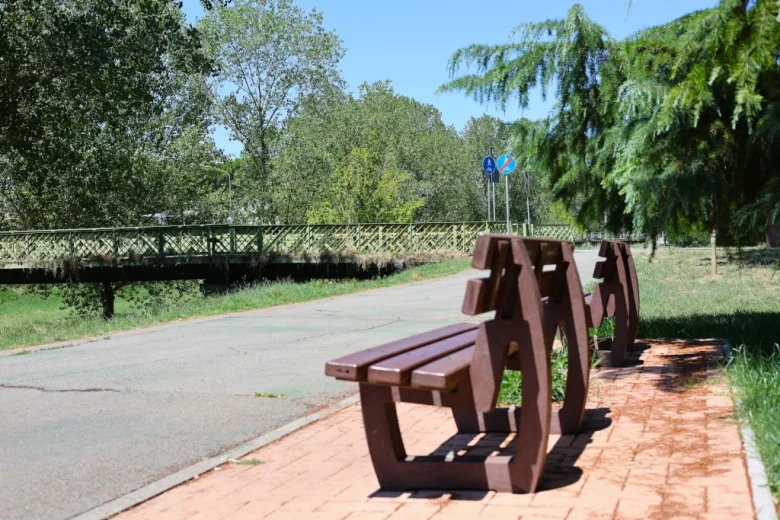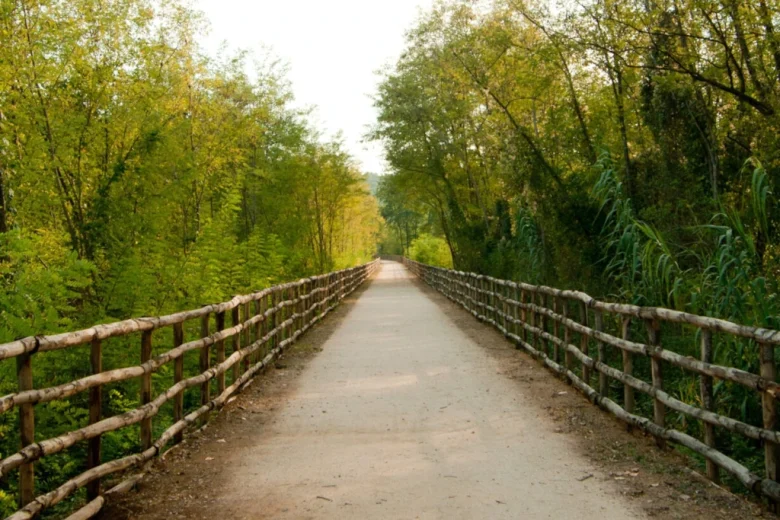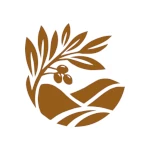The Via Francigena, dating back to the Early Middle Ages, is an ancient route that connected the French territories to Rome. The name Via Francigena literally means “road originating from France” and was first used after the fall of the Lombard Kingdom to the Franks under Charlemagne.
The official route of the Via Francigena begins at Canterbury Cathedral in England and ends at St. Peter’s Basilica in Rome, its most important destination. Some pilgrims continue their journey all the way to Santa Maria di Leuca in Puglia, southern Italy.
The route also passes through Tuscany, amidst cypress trees, olive groves, and sunflower fields, skirting the town of Poggibonsi. For this reason, the connecting path called “Fondovalle Poggiobonizio” was established: a roughly 28.5 km itinerary starting in the San Gimignano area, passing through Poggibonsi, and linking to Bellavista and Staggia Senese.
From there, the route splits into two branches: one leading to Castellina Scalo and ending at Monteriggioni, the other concluding at Abbadia Isola.




